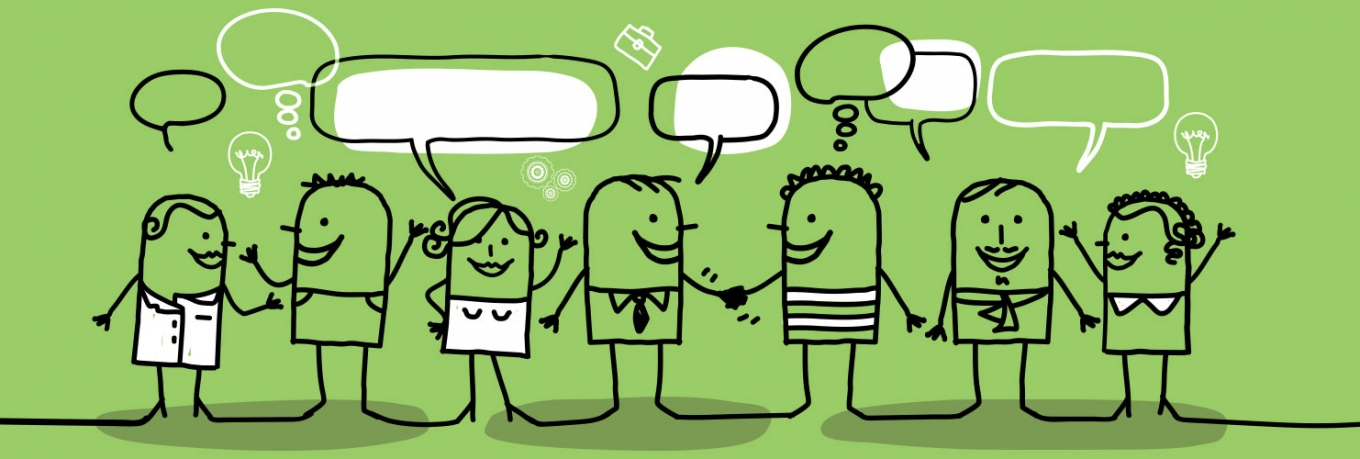

Third, there’s the opportunity to apply what you’re learning in the real world. Note that such hard, tangible results tend to be more difficult to find when it comes to learning soft skills.

#ON THE JOB LEARNING CODE#
The rendering of your first line of Python code your lifelike pencil drawing your functioning, validated forecast model in Excel picking up a handful of Google search operators to reap rewards every single day. Second, learning often brings with it an immediate-term achievement. In our brains, we seek rewards via dopaminergic pathways, while in our minds we enjoy a rush of curiosity or a feeling of flow. There’s the awareness of a new capability and the freedom and independence that may bring - the power to deal better with the big, uncertain world. There is an illumination of the unknown, as beams of light fall on hidden secrets and treasures. For many, a number of conscious experiences converge at the point of learning. We’ve drawn from some of Canadian educator Allen Tough’s work in the below.įirst, there is that wonderful, ineffable feeling of learning itself. In fact, there are several activities associated with learning that can spark such joy. Let’s take an important moment - amidst the current gloom and grief - to appreciate the joy of learning.

#ON THE JOB LEARNING PROFESSIONAL#
So how can we bring more of it into our professional lives? Where is the joy? The spark of learning joy is real and useful.
#ON THE JOB LEARNING FULL#
Yet, we all know the thrill that learning can bring: teaching yourself a new skill via a YouTube video enjoying your first joke in a foreign language hearing a child read her first full sentence out loud the confidence that comes with a jujitsu brown belt the youthful, infectious enthusiasm of a 90-year-old learner. And much of the $359 million spent on corporate learning is wasted. Worse still, we associate those experiences with arbitrary pass/fail cut-offs and sinister, official consequences. Schools, workplaces, and their associated compliance drills make a series of mandatory demands from near the start of our lives to near the end. Much of the joy has been snuffed out of learning. While the joy is a worthwhile end in its own right, joyful learning can also be used to ignite individual careers and collective productivity. As adults and professionals we make too little use of it. Joyful learning is a precious gift in times of boom or bust. Keep track of past and future learning with a to-learn list. Think more widely still, drawing your learning experiences from the rich tapestry of life: films, conversations, museums, advertising campaigns, speeches, even Twitter handles. This is true of TED talks too: just one of the 25 most popular TED talks is business related. MOOCs aren’t just about work skills they also cover life skills. Have an open mind about what useful learning content even is. So how can we bring more of it into our professional lives? Start by taking back control of what you read. We all know the thrill that learning can bring: teaching yourself a new skill via a YouTube video enjoying your first joke in a foreign language hearing a child read her first full sentence out loud.


 0 kommentar(er)
0 kommentar(er)
